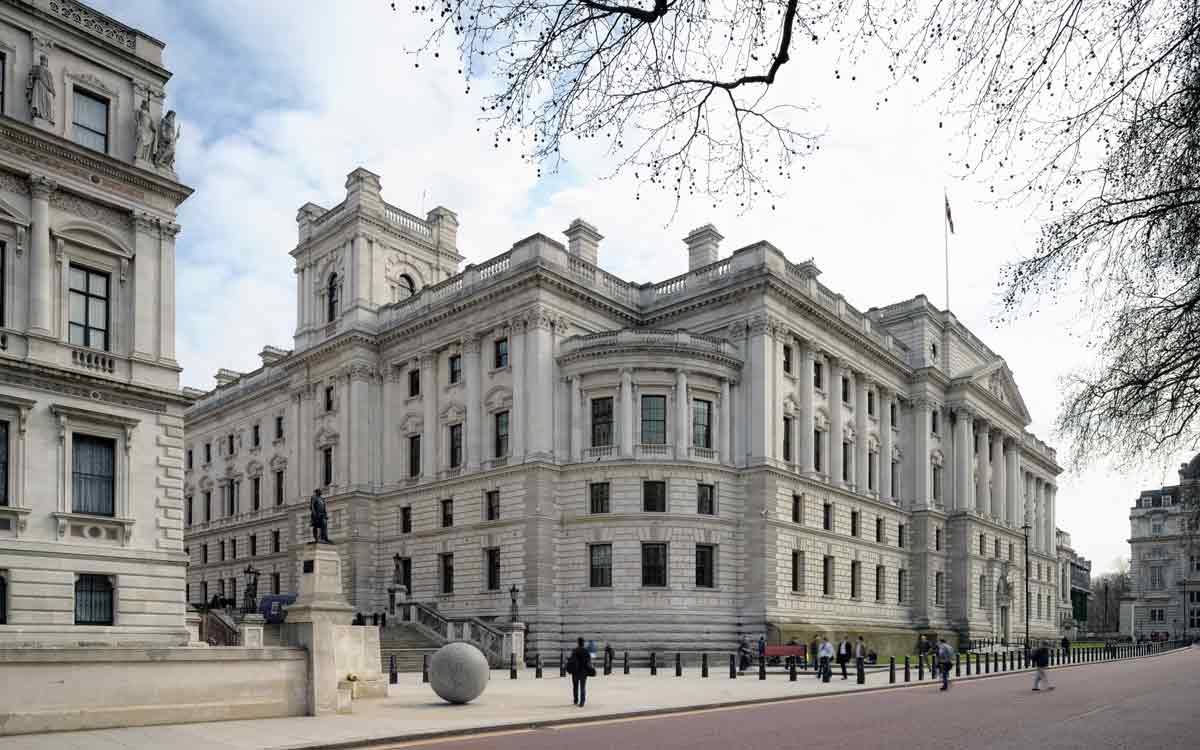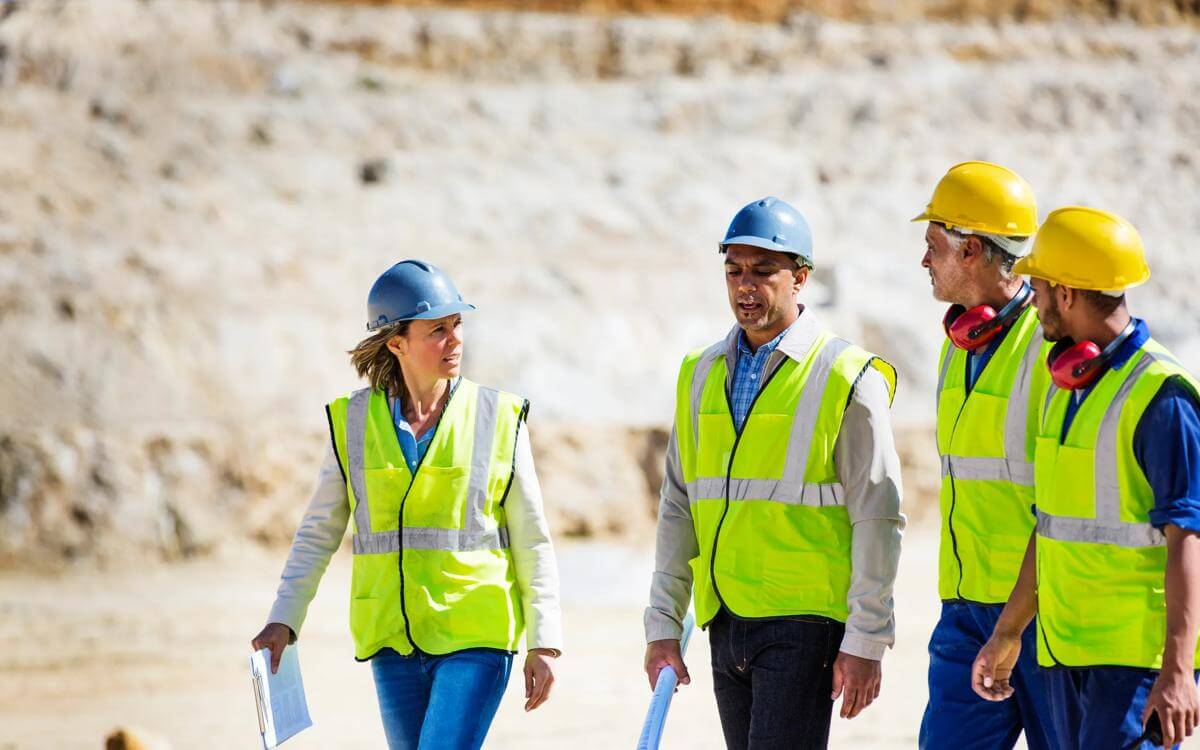Bath Rugby Ltd v Greenwood and others [2021] EWCA Civ 1927
A 1922 restrictive covenant was unenforceable as it did not clearly identify the land intended to be benefited by it.
A 1922 restrictive covenant was unenforceable as it did not clearly identify the land intended to be benefited by it.
Facts
The appellant (BR) held a long lease of part of an area of land known as “the Rec”, from which it operated a famous rugby club. The Rec was subject to a covenant contained in a conveyance dated 6 April 1922 (the Covenant) under which the original purchasers covenanted for themselves and their successors and assigns with the original vendor and his successors in title and assigns that:
“…no workshops warehouses factories or other buildings for the purpose of any trade or business which may be or grow to be a nuisance annoyance or disturbance or otherwise prejudicially affect the adjoining premises or the neighbourhood shall at any time hereafter be erected upon the said hereditaments and premises…”.
BR wanted to replace its existing stadium with a new, larger stadium incorporating various retail and commercial outlets, with associated car parking. It accepted that if the Covenant was still enforceable, its proposed new development might breach the Covenant. However, it argued that there was no-one who could show that they had the benefit of the Covenant. It brought a claim under section 84(2) of the Law of Property Act 1925 for declarations that, in effect, the Rec was free from the Covenant.
Two of the defendants claimed to own land that benefited from the Covenant (a flat overlooking the Rec and a house of which the flat formed part).
Issue
Did the 1922 conveyance sufficiently identify the land to which the benefit of the Covenant was intended to be annexed (in the absence of express assignment or a building scheme, annexation is the way that the benefit of a covenant passes in equity)?
Decision
For the benefit of a covenant to be annexed to land, it must be taken for the protection of defined land (so that it passes with ownership of the land). In this case, the covenant was deemed to be for the benefit of the ‘neighbourhood’ and this was insufficient. While it is common for covenants preventing nuisance to refer to a ‘neighbourhood’, that term did not sufficiently identify the land to which the benefit of the covenant was intended to be annexed (it refers not to particular properties, but to a local area).
This meant that the benefit of the Covenant had not been annexed to land and that there was therefore no one who could now enforce the Covenant.
Points to note/consider
- Two of the three judges in this case thought that not only must a conveyance identify the land to be benefited by a covenant, but also that the benefited land had to be ‘easily ascertainable’ at the time it was entered into (the third judge thought it was sufficient for the conveyance to describe the land intended to be benefited in terms which enabled it to be identified from other evidence). Either way, when entering into new restrictive covenants, this case emphasises the need to clearly and accurately identify the land intended to benefit from those covenants.
- In older conveyances, it is common to see restrictive covenants taken to benefit “the Vendor’s adjoining or neighbouring land” (or words to that effect). Whilst that phrase is probably conceptually certain (unlike ‘neighbourhood’), it may still be hard for anyone seeking to enforce such a covenant now to prove that the land that they own originally formed part of such “adjoining or neighbouring land”.
Contact

David Harris
Professional Development Lawyer
david.harris@brownejacobson.com
+44 (0)115 934 2019








































